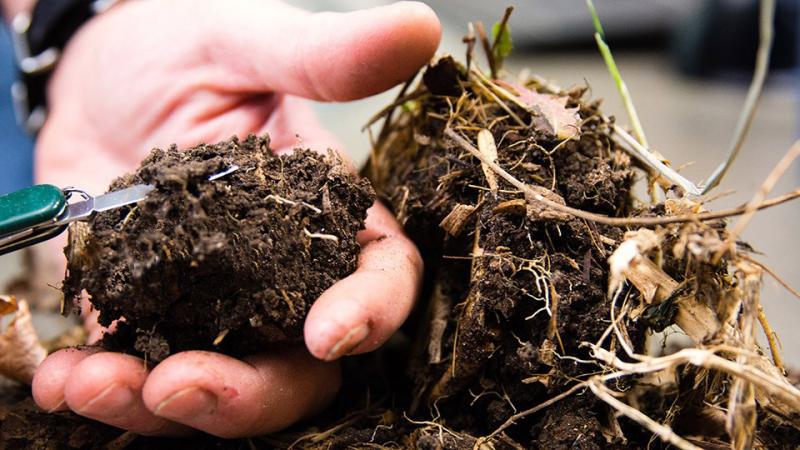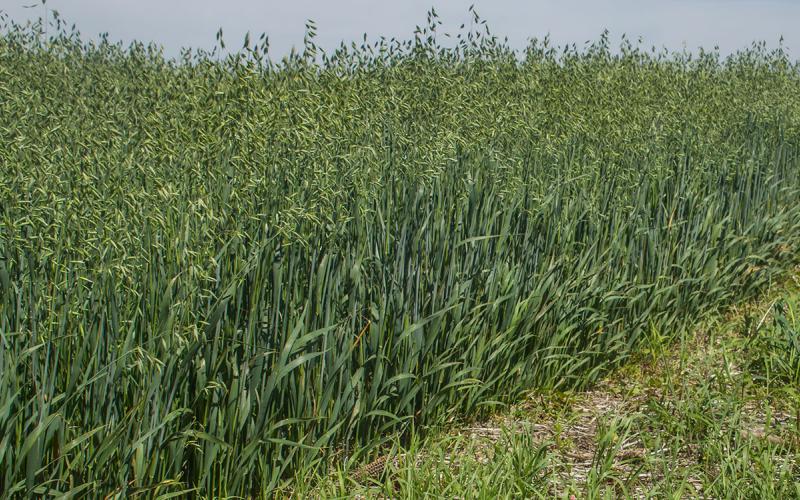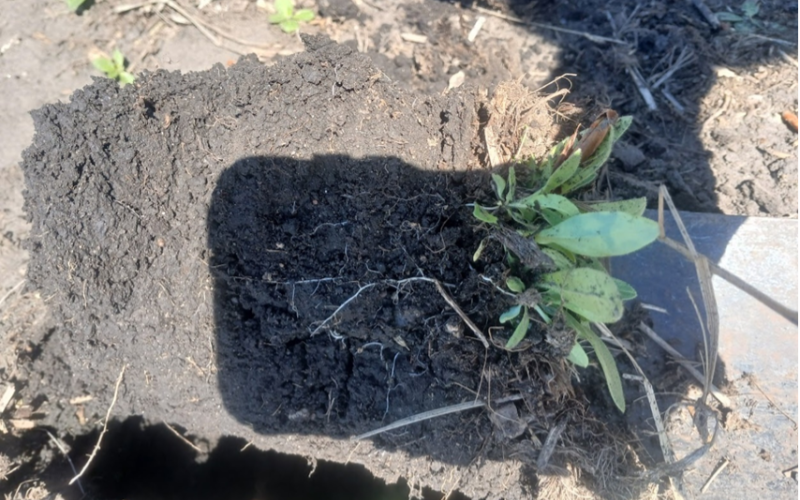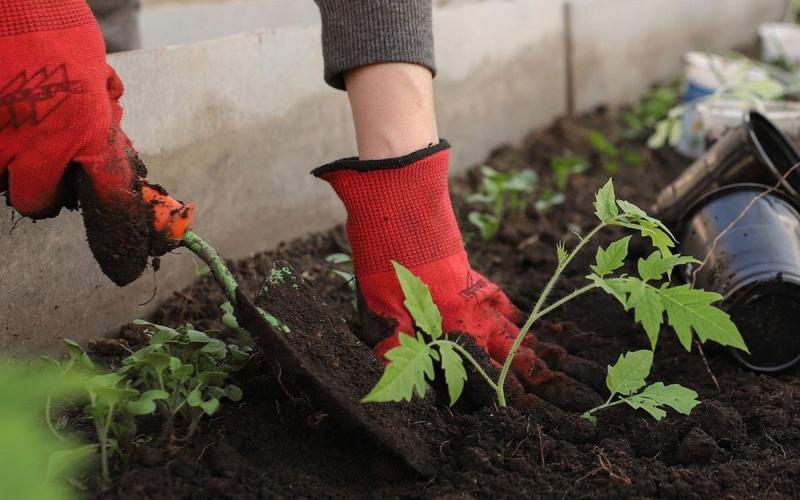
Written by Rhoda Burrows, former Professor & SDSU Extension Horticulture Specialist.
How well your plants will grow depends a great deal on the soil that they are grown in. Most soils are complex ecosystems with worms, insects and similar creatures, as well as microscopic organisms including fungi and bacteria, which all work together in helping plants grow. Although some microbes are harmful, feeding on plant tissues, the vast majority are neutral or beneficial. In fact, without bacteria and fungi, nutrients from manure or compost or dead plants would not be broken down and converted to forms that plants can absorb. Generally, a “healthy” soil is one that has a wide array of different organisms, each performing a specific job or role.
Bacteria
Bacteria release enzymes that help break down organic matter and release nutrients from it. Some bacteria produce antibiotics that help protect plant roots from harmful bacteria or fungi. Others help inactivate herbicides or other chemicals in the soil.
The space surrounding each plant root has high populations of bacteria, as plant roots “leak” sugars and other nutrients as they grow. Only recently have scientists realized that plants can release root substances to foster bacteria that meet specific needs of the plant. For example, if a plant needs phosphorous, it will release root exudates that are needed by the type of bacteria that are capable of freeing phosphorous from the nearby soil to make it available to the roots. The term “Plant-Growth-Promoting Bacteria” (PGPB) refers to bacteria that, as the name suggests, help to promote plant growth, through provision of nutrients, hormones, or possibly their effects on other micro-organisms such as mycorrhizal fungi. We don’t know very much yet about how the PGPB work, but they are likely the reason additives such as compost tea (or simply compost) can have a good effect.
Rhizobium
Rhizobium are a kind of bacteria that grow in roots of legume plants (such as beans and peas) and can “fix” nitrogen from the air into forms that plants can use. If you have not grown beans or peas in an area for a number of years, it can be helpful to purchase rhizobium bacteria (it may be labeled simply as “inoculant”) to inoculate the seed of these plants. These bacteria will then infect the roots and supply them with nitrogen. Some of the nitrogen will be retained in the soil for the next crop as well. If you grow legumes every few years in the same area, the bacteria will survive in between and you don’t need to re-inoculate. (Some shrubs, such as buffaloberries and alders, also have bacteria that fix nitrogen for the plant).
Fungi
Fungi also play an essential role in the soil. Some fungi (“white-rotters”) break down the lignin in rotting wood. In fact, they are the only living thing on earth that can break down lignin, which is a complex polymer that strengthens plant cell walls, and makes up a large portion of wood. Without these fungi, forests would soon become just a huge pile of twigs, cones, and logs! Below are a couple of other special types of fungi:
Mycorrhizae
Mycorrhizae fungi grow in and around plant roots and extend out into the soil, supplying soil nutrients to the plant in exchange for energy (plant sugars). They can mine nutrients from the soil with special enzymes, but also, because they are so thin and sometimes long, can explore areas of the soil that the plant roots don’t reach. In gardens, we’re primarily interested in arbuscular-mycorrhizal fungi (AMF) – they don’t produce mushrooms, but they do a good job of supplying immobile nutrients such as phosphorous and zinc to plants. AMF are present in almost all soils, though they thrive best in unplowed ground, so it’s best to disturb soil as little as possible.
Trichoderma
Trichoderma fungi are often added to potting mixes in greenhouses or nurseries. They can greatly reduce infections by harmful fungi such as rhizoctonia or pythium, which prey on roots and on seedling plants.
Protista
Soil protists are microscopic organisms; most are one-celled but they are more complex than bacteria. Amoebas are one type of protist, along with others, including algae, paramecia, and diatoms that you may recall from high school biology. Scientists are learning how vital a role soil protists play in decreasing plant pathogens, fostering good bacteria (abbreviated as PGPB) and fungi, and enhancing plant growth. There are also harmful protists. Studies are showing that adding organic amendments to the soil generally increases good protists and decreases ones that cause disease.
Healthy Soil Tips
Adding organic matter to the soil, whether thru compost, manure, or mulches such as grass clippings, straw, or even wood, will help increase the number of beneficial soil organisms. To encourage mycorrhizae, disturb your soil as little as possible, and plant cover crops after early-season crops, or other times when you might otherwise have bare soil. Finally, plant a mixture of crops, or plant a different crop in an area from year to year, to promote a healthy array of soil microbes.


